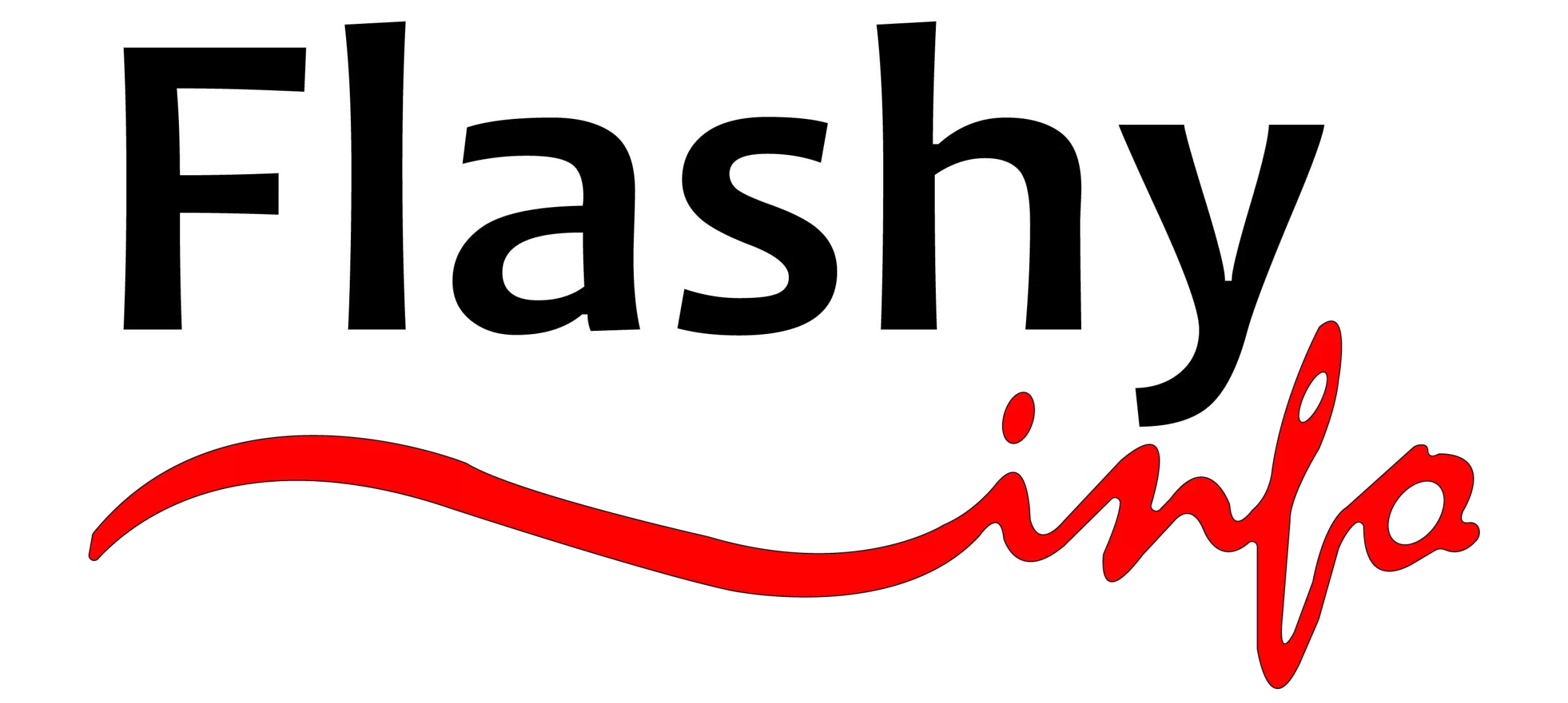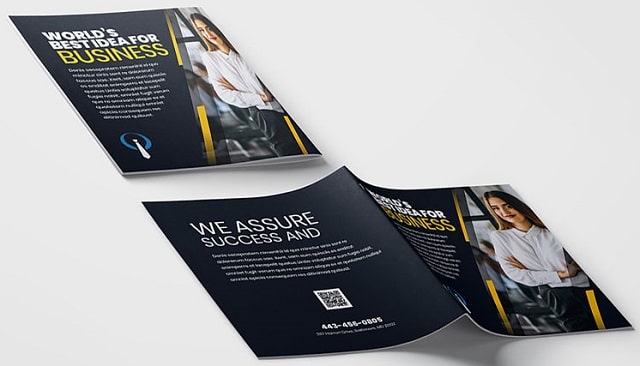The Art and Science of Saddle Stitched Booklets: Design, Production, and Usage
The Basics of Saddle Stitched Booklet Design
Designing a saddle-stitched booklet involves a harmonious blend of creativity and functionality, as these booklets serve various purposes, from marketing to education. Critical considerations in the design process include layout, typography, and imagery alignment with the brand’s voice and objectives. Effective use of white space prevents clutter and enhances readability. Visual elements play a crucial role in communication, transcending language barriers and evoking emotions. Balancing content and visuals is essential for creating an engaging reader experience. User-centric design principles ensure easy navigation and satisfaction across different usage contexts, from busy conferences to leisurely reading.
The Production Process of Saddle Stitched Booklets
Saddle stitching, a process that combines machinery precision with skilled craftsmanship, involves folding, collating, and stitching printed pages down the middle with staples. This method is cost-effective and reliable for booklets of a certain thickness, offering a flat layout for a pleasant reading experience and allowing for quick turnarounds. It is ideal for time-sensitive materials like event programs or marketing campaigns. When transitioning digital designs to print, the choice between offset and digital printing impacts appearance and cost. Offset printing suits large print runs, offering reduced unit costs over time, while digital printing is preferable for smaller quantities due to its customization options and fast setup. Designers must consider the two methods’ color reproduction and texture variations to meet desired specifications. Despite technological advancements, human oversight is crucial for quality control, identifying and rectifying issues before production. Understanding the intricacies of saddle stitch booklet printing empowers designers and clients to make informed decisions, ensuring the final product aligns with their vision and objectives.
Choosing the Right Materials for Your Booklet
Selecting suitable materials for a booklet is essential for creating a memorable reader experience. High-quality paper with the appropriate texture, weight, and finish enhances the booklet’s overall feel and message. The cover stock should be durable and visually appealing, setting expectations for the content inside. The tactile qualities of the cover material can generate anticipation for what lies within. Inside the booklet, the choice of paper affects how colors appear and how the booklet feels in the reader’s hands. Glossy papers enhance vibrancy, matte papers offer elegance, and textured papers provide a unique tactile sensation. The combination of materials reflects the brand’s commitment to quality and can help the booklet stand out in a competitive market. Considering factors like weight and opacity, strategic paper choices can elevate the reader’s experience while being mindful of cost considerations. For further guidance on paper selection, Canva offers a detailed resource to assist in making informed decisions.
Creative Use Cases for Saddle Stitched Booklets
Saddle-stitched booklets serve diverse purposes across industries, from corporate reports and educational supplements to nonprofit fundraising materials. Tailored designs consider content complexity, audience preferences, and context. In marketing, they offer immersive storytelling, blending narrative and imagery to leave a lasting brand impression. Marketers utilize them in direct mail, events, and standalone campaigns to maximize outreach. Non-traditional sectors like craft breweries and boutique hotels leverage booklets for product releases and brand expression, showcasing their unique stories creatively. Saddle-stitched booklets are versatile communication tools that engage diverse audiences with dynamic designs.
Maximizing Impact with Exceptional Finishing Touches
The final touches of a booklet, including spot UV coating, foil stamping, embossing, and lamination, enhance its premium quality and tactile engagement. These finishes accentuate design elements, such as logos or textures, to make the booklet’s message more impactful. Lamination protects against wear and tear, prolonging the booklet’s shelf life and enhancing the brand experience. Each finishing option, whether glossy, matte, or soft-touch, adds a distinct feel to the brochure, elevating it from a simple informational piece to a memorable brand ambassador. Personalized binding choices further complement the design theme, making the booklet stand out as a distinguished product.
The Role of Booklets in the Digital Age
Printed booklets maintain relevance in the digital age by incorporating interactive elements like QR codes and augmented reality tags. These features enable deeper digital engagement by extending the reader’s journey beyond the physical page to online content such as videos, articles, or immersive experiences. This integration creates new opportunities for marketing and education, allowing for direct links to e-commerce platforms or interactive learning tools. Strategic placement of these digital gateways ensures a seamless transition between the booklet and the brand’s online presence, enhancing the user experience. By combining the strengths of print and digital mediums, businesses can effectively engage audiences across multiple platforms, as demonstrated by articles and studies from the Forbes Agency Council. Thus, booklets transform from static documents into dynamic components of a comprehensive marketing strategy, solidifying print’s endurance in the digital era.
Environmental Considerations in Booklet Printing
Booklet printing is evolving to meet sustainability demands in today’s conscientious consumer landscape. Brands incorporate eco-friendly practices such as using recycled paper, eco-friendly inks, and low-carbon production techniques to align with consumer values and demonstrate social responsibility. Contrary to the belief that sustainable options are more costly, green printing practices can save costs through reduced paper usage and energy-efficient printing methods. The growing availability and competitive pricing of sustainable materials further support this shift. By emphasizing sustainability in booklet production, brands contribute to environmental conservation and enhance their public image, earning consumer loyalty and advocacy. Every decision in the production process, from using electronic proofs to providing recycling information, reflects a booklet’s environmental impact and reinforces the brand’s commitment to sustainability. Implementing and communicating these practices effectively is essential for modern booklet printing, resonating deeply with environmentally conscious audiences.
Cost Analysis: Budgeting for Your Booklet Project
When producing booklets, balancing quality and impact with budget constraints is essential. Understanding the cost implications of design and production choices, such as page count, color usage, paper grade, and unique finishes, is crucial. Factors like design complexity and print run size also influence costs. Conducting a cost analysis helps align project expectations with available resources, allowing informed decisions to achieve objectives within budget. For example, opting for cost-effective paper or adjusting the color palette can maintain quality while reducing expenses. Bulk printing offers savings, but careful planning is necessary to avoid surplus inventory. Working with a reputable printing partner can provide insights and optimize the budget. Understanding these dynamics allows for thoughtful planning and innovative solutions to maintain quality while ensuring project viability.
Distribution Strategies for Maximum Reach
The distribution strategy plays a pivotal role in maximizing the impact of booklets and optimizing their return on investment. Identifying the appropriate channels and timing for distribution, such as direct mail, retail partnerships, trade shows, or community events, can significantly enhance a booklet’s reach. Creative strategies like engaging packaging, personalized messaging, and clear calls to action make booklets compelling in direct mail campaigns and retail environments. Tracking methods like unique QR codes or URLs provide valuable insights into recipient interaction, allowing for data-driven adjustments to future distributions. Integrating physical distribution with digital marketing extends the booklet’s lifecycle and reach, aligning with evolving consumption patterns for effective engagement with the target audience.
Trends and Innovations in Booklet Design and Printing
The booklet printing industry is dynamic, shaped by technological advancements and evolving consumer preferences. To remain competitive, embracing new production techniques and design trends that resonate with modern consumers is crucial. Personalized printing, creative layouts, and non-traditional formats are gaining traction, enhancing booklet appeal. Technological advancements like digital printing enable cost-effective print-on-demand, reducing waste and offering customization options. Sustainable printing practices are also on the rise, reflecting environmental concerns. Anticipating future trends and leveraging innovations positions designers and brands at the forefront, driving engagement and storytelling through captivating booklets. Adapting to changing preferences and technological capabilities is key to success in this ever-evolving industry.







